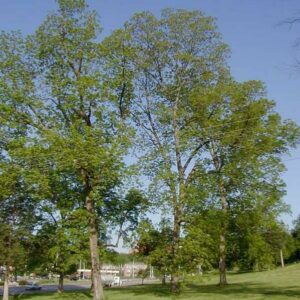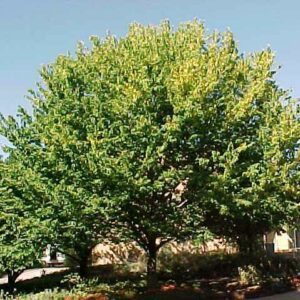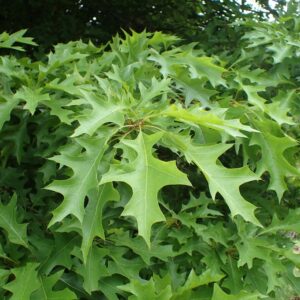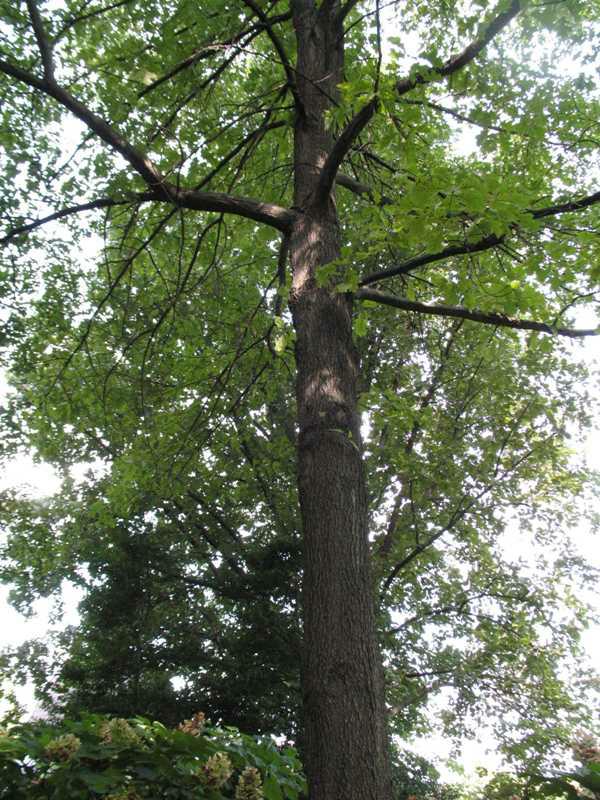Black Oak (Quercus velutina)
$30.00
20 in stock
Share
Description
Culture
Easily grown in average, acidic, dry to medium moisture, well-drained soils in full sun. Prefers moist, organically rich, well-drained soils, but tolerates poor dry soils. Difficult to transplant because of deep taproot.
Noteworthy Characteristics
Quercus velutina, commonly called black oak, is a large, deciduous oak of the red oak group that typically grows 50-60’ tall with a globular, spreading crown. This tree is primarily native to upland hills, slopes and ridges from Florida to Texas north to Maine, Ontario, Michigan and Minnesota. It is similar in appearance to red oak (Quercus rubra) with which it may on occasion hybridize. Buds are a significant difference between the two trees (hairless and smaller in red oak). Bark is almost black on mature trunks with deep furrows. Inner bark is yellow to orange. Trunk matures to 3’ in diameter. Leathery, shiny, dark green leaves (to 10” long) have 7-9 deeply incised lobes (each with 1-3 bristle tipped teeth). Leaves turn yellow to yellow-brown to dull red in fall. Terminal buds are covered with a dense, gray pubescence. Insignificant monoecious yellowish-green flowers in separate male and female catkins appear in spring as the leaves emerge. Elliptic acorns (to 3/4” long) have saucer-shaped acorn cups that cover up to 1/2 of the acorn. On mature trees, large crops of acorns usually appear every 2 to 3 years. Acorns are an important food source for wildlife (e.g., deer, squirrels, small rodents, turkeys, grouse, jays and other birds).
Genus name comes from the classical Latin name for oak trees.
Specific epithet means velvety or hairy in reference to the fine hairs found on buds and young leaves.
Common name is in reference to bark color.
Problems
Black oak is infrequently attacked by the common diseases of oaks which include oak wilt, chestnut blight, shoestring root rot, anthracnose, oak leaf blister, cankers, leaf spots and powdery mildew. Potential insect pests include scale, oak skeletonizer, leaf miner, galls, oak lace bugs, borers, caterpillars and nut weevils.
Additional information
| size | 15-gallon, 3-gallon, 7-gallon |
|---|
Related products
-

Pecan (Carya illinoisis)
$30.00 Add to cart -

Hackberry (Celtis occidentalis)
$30.00 Add to cart -

Nuttall Oak (Quercus texana)
$30.00 – $90.00 Select options This product has multiple variants. The options may be chosen on the product page -

Post Oak (Quercus stellata)
Select options This product has multiple variants. The options may be chosen on the product page


